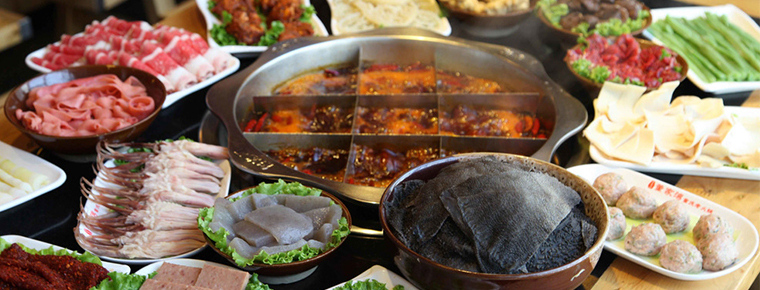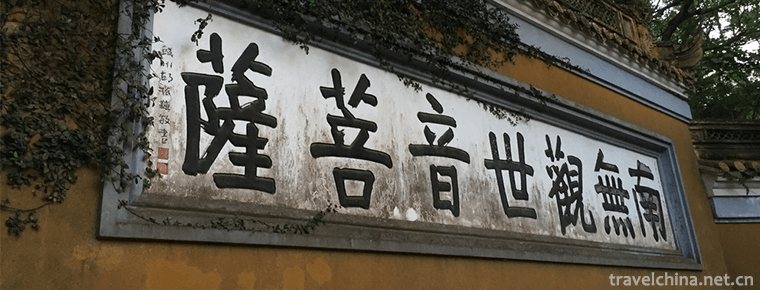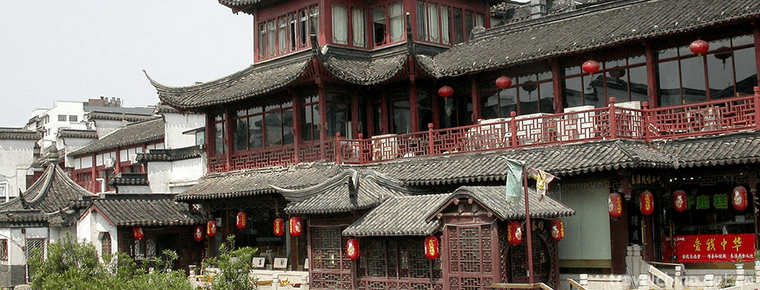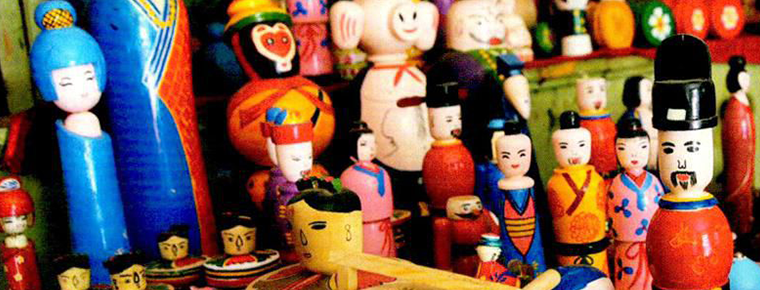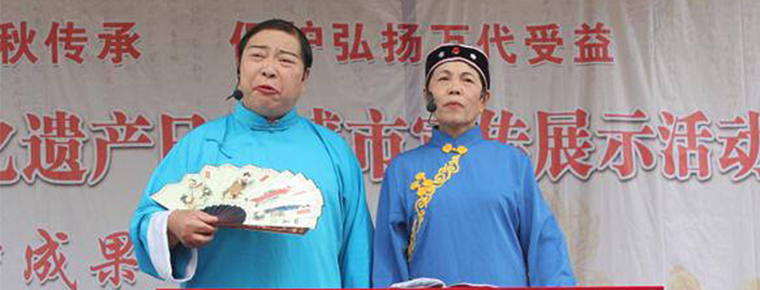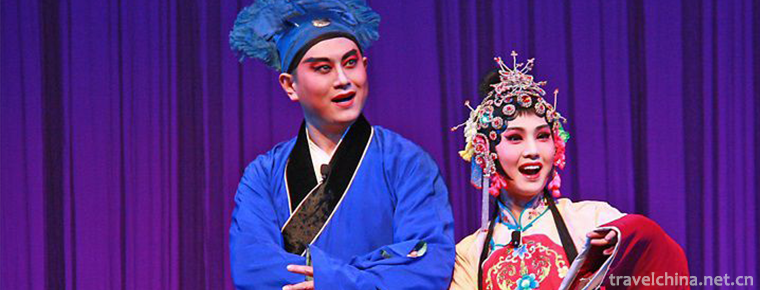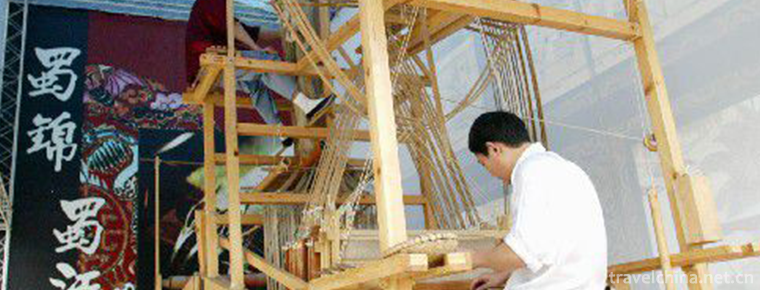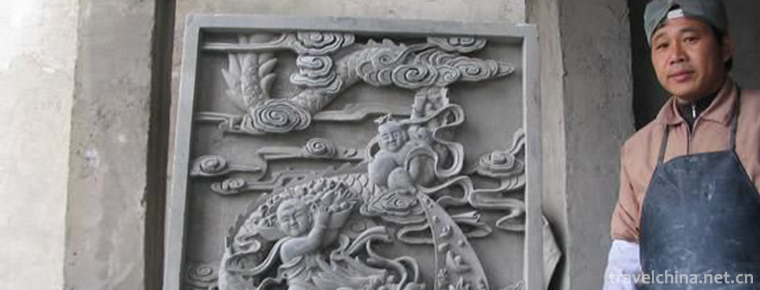Shanghai Baoshan International Folk Art Exhibition Hall
Shanghai Baoshan International Folk Art Exhibition Hall is the first exhibition, research and protection of intangible cultural heritage in Shanghai constructed by Shanghai University in cooperation with Baoshan Government. It is also the largest exhibition hall of intangible cultural heritage in the world in China. Shanghai Baoshan International Folk Art Exhibition Hall is located at Gate 1 of Gucun Park at the junction of Shanghai-Tai Road and Outer Ring Road, with a building area of 14600 square meters. The architectural design concept of the Expo Hall is derived from the folk cultural image of "Chinese knot". Its overall layout is an integral whole, which is a true "cultural Grand View garden".
building structure
Shanghai Baoshan International Folk Art Exhibition Hall is a two-storey building structure. The first floor exhibition hall covers an area of about 3000 square meters, with a total of eight exhibition halls. "Preface Hall" mainly displays the dragon boat of Luodian in Baoshan and the traditional folk culture elements in this area; and "Sea Baoshan Hall" is divided into four units. The first unit takes "Dragon Boat Race" as the scene, vividly demonstrates and reproduces the history of dragon boat culture and the lively competition scene of Shanghai Baoshan Dragon Boat Festival. The second unit takes "Wanjia Lantern" as the line, and clearly outlines the development process of Baoshan Folk Lantern art. The third unit takes "Talking and Singing Baoshan" as the point, comprehensively introduces the local culture such as folk entertainment and rap deeply rooted in Baoshan's native land; the fourth unit takes "Colorful Art Festival" as the color, carefully decorates the beautiful picture scrolls of the six Baoshan International Folk Art Festival. "China Hall" also has four sketches. "Shili Red Makeup" conveys Chinese traditional wedding culture, "opera interpretation" interprets Chinese traditional opera in the form of multi-media, "local voice is difficult to change" shows the characteristics of Chinese local languages and ethnic groups, "Manchu and Han Full Seat" takes solar terms as the axis, linking up to show the Chinese traditional diet culture and exquisite production technology.
"Asia-Pacific, Africa, Middle East, Latin America, Europe and the United States" and other five exhibition halls vividly show the culture of five continents and the customs of the four seas. There is a multi-functional hall and two indoor courtyards on the first floor of the Expo Hall. It is understood that this area can be used as a temporary exhibition hall in the future to hold art exhibitions with specific themes, as well as for small-scale performances or international activities. There are also six temporary exhibition halls on the second floor of the Expo Hall, which are connected by a T-shaped corridor. They are mainly used for holding various thematic exhibitions. There are also glass, ceramics and weaving workshops in the museum, which will become the research and teaching base of International Folk art. The museum also has Research Institute studios, laboratory classrooms, projection halls (lecture halls) and other functional areas, as well as open-air theatres, open-air exhibition areas and other outdoor venues.
Influence
Shanghai Baoshan International Folk Art Exhibition Hall is a public welfare cultural facility integrating collection, exhibition, exchange, research and social service functions, and devotes itself to the exhibition and exchange of Chinese and foreign folk art. It combines with Baoshan International Folk Art Festival to carry out multicultural activities, and it has become a window for Baoshan's external exchange, Shanghai intangible cultural heritage protection and research center. Shanghai Baoshan International Folk Art Festival is a large-scale activity center. The Expo Hall has been listed in the list of China's intangible cultural heritage which has been officially promulgated and protected. It focuses on Shanghai's intangible cultural heritage projects, supplements international folk art exchanges and exhibitions, and highlights the splendor of multiculturalism. After the opening of the museum, Shanghai University and Baoshan District cooperated closely to strengthen exchanges in the research, protection, development and reuse of intangible culture and make contributions to folk culture and art.
Tourist guide
The opening time of Shanghai Baoshan International Folk Art Expo is from 9:00 to 16:00 every Tuesday to Sunday, and it is closed on Monday. With the approval of the price department of Baoshan District, the ticket price of Shanghai Baoshan International Folk Art Exhibition Hall is 30 yuan per person. Ticket price preferential measures in accordance with the "Shanghai Tourist Visiting Points Ticket Price Management Measures": for children under 1.2 meters, active servicemen, disabled soldiers, family members of martyrs, retired cadres, the elderly over 70 years old, disabled persons to exempt tickets; students with student certificates (student ID card) 15 yuan per person.
In September 2015, at the initiative of China Tourist Scenic Area Association, Shanghai Baoshan International Folk Art Exhibition Museum signed the promise of "no increase in ticket prices".
service content
In addition to the explanation service, the museum also has a digital language guide system. After debugging, it can introduce the exhibits in Chinese and English, as well as in French, Japanese and Spanish. As long as you press the button and input the code, you can hear what you need to explain.
Mailbox, Wifi Internet access, coin phone, wheelchair crutches and other convenient services are also set up in the service area.
In addition, the museum also provides visitors with consultation, goods storage, parking and other services.
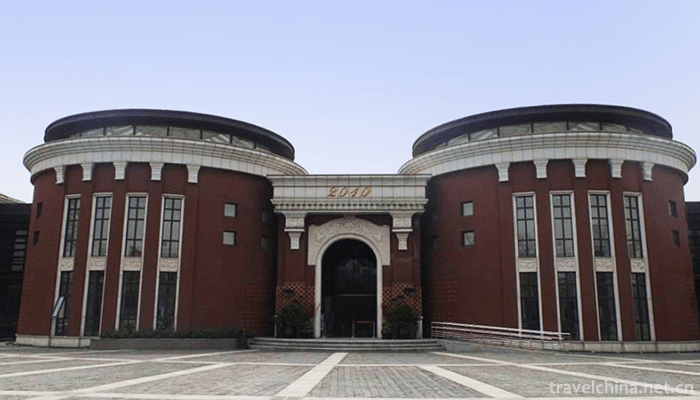
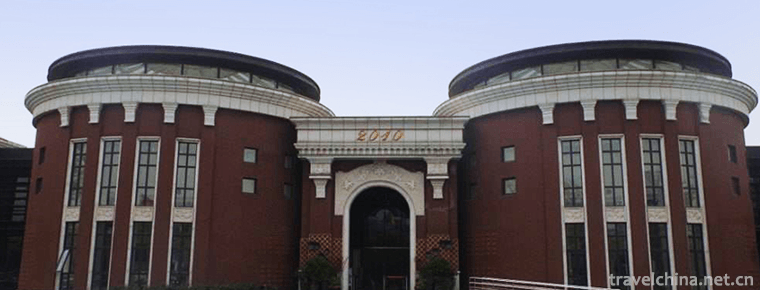
Shanghai Baoshan International Folk Art Exhibition Hall
-
Putuo Mountain Scenic Spot
Putuo Mountain Scenic Spot, located about 100 nautical miles east of Hangzhou Bay, Zhejiang Province, is an island in Zhoushan Islands. The island covers an area of 12.5 square kilometers
Views: 172 Time 2018-12-07 -
Park hyatt Guangzhou
In Guangzhou Park Hyatt Hotel, a traditional Lingnan culture and Gourmet Tour is opened. Guangzhou Baiyue Hotel integrates Lingnan's long history and culture with Baiyue's delicate modern
Views: 180 Time 2018-12-16 -
Ancient Huaihe River Cultural Ecological Scenic Area
The ancient Huaihe River cultural and ecological scenic spot is located in Qingjiangpu District, Huai'an City, Jiangsu Province. It is a national AAAA-level tourist scenic spot. The scenic spot is an
Views: 114 Time 2019-01-12 -
Traditional Toys Tancheng Wooden Rotary Toys
Tancheng Wooden Rotary Toy is an ancient traditional handicraft. Originated in Fanyuan Village, north of Gangshang Town, Tancheng County, Linyi City, Shandong Province, it is commonly known as "p
Views: 195 Time 2019-04-21 -
Dai Elephant Foot Inspiration
There is also a legendary story about the origin of the Dai elephant drum. Legend has it that Mengzhai area in ancient times was a beautiful lake rippling with blue waves. But there are pythons and to
Views: 192 Time 2019-04-24 -
Hanchuan good books
Hanchuan Shanshu is a kind of traditional folk music which combines rap and singing in Hubei Province. Since the Qianlong period of the Qing Dynasty, it has a history of 260 years.
Views: 144 Time 2019-05-02 -
Lv Opera
Lv Opera, also known as masqueraded Yangqin and Qinxi Opera, National intangible cultural heritage, one of the eight major Chinese operas, Shandong's most representative local operas, is popular in mo
Views: 180 Time 2019-05-15 -
Shu Brocade Weaving Techniques
Shu brocade weaving has a long history. The earliest written records were found in the reign of Huiwen King in the Spring and Autumn Period and Qin Dynasty. During the Warring States Period, Shu Broca
Views: 139 Time 2019-06-15 -
Production Techniques of Gold Bricks in Suzhou Royal Kiln
Royal kiln bricks production technology is complex, up to 20 processes, including the main processes of mud selection, mud drilling, billet making, kiln loading, firing, bass water, kiln out, grinding
Views: 183 Time 2019-06-17 -
Mineral resources in Dazhou
As of 2012, 38 kinds of minerals have been found in Dazhou City, with more than 250 producing areas. Among them, there are 28 proven reserves, 146 producing areas, 28 exploitable and 21 developed. The proven reserves of stone coal are 763 million
Views: 156 Time 2020-12-20 -
Dazhou Tourism
Dazhou, located in the east of Sichuan Province, has jurisdiction over 4 counties, 2 districts and 1 city, covering an area of 16600 square kilometers and a total population of 7 million. It is a city with a large population, rich resources, an important indu
Views: 429 Time 2020-12-20
